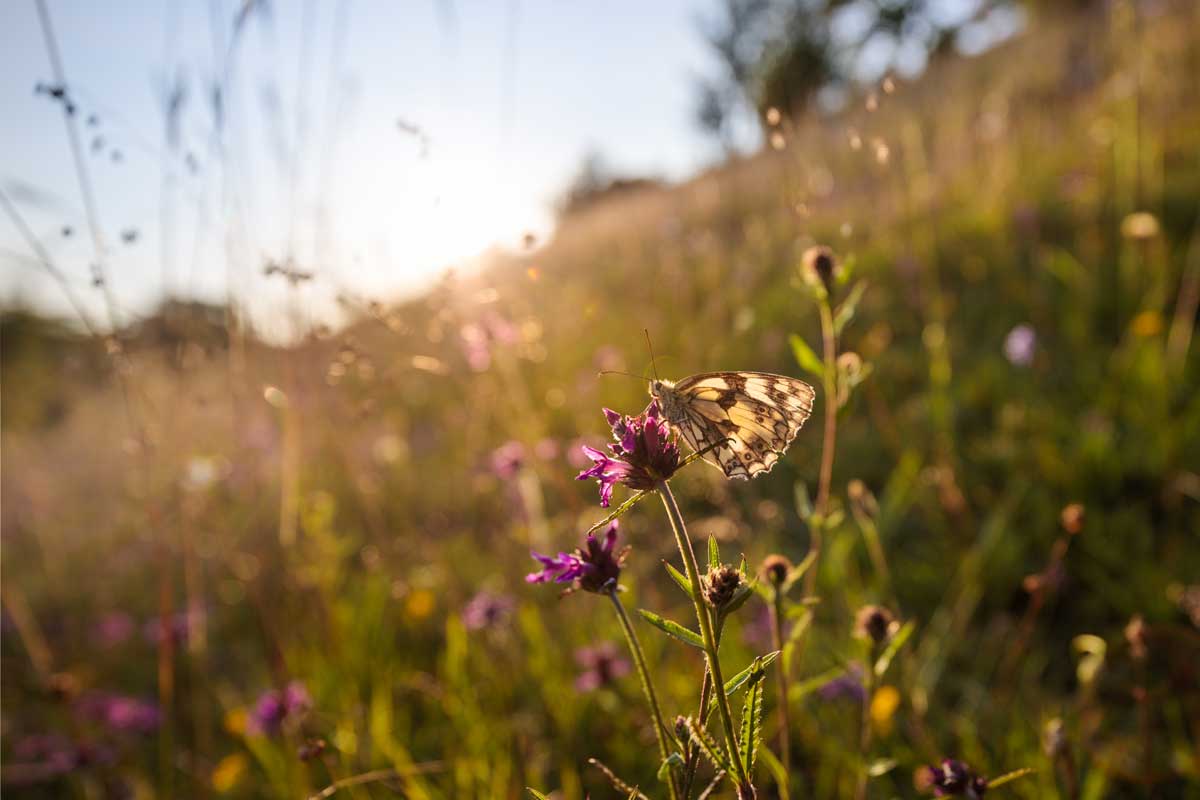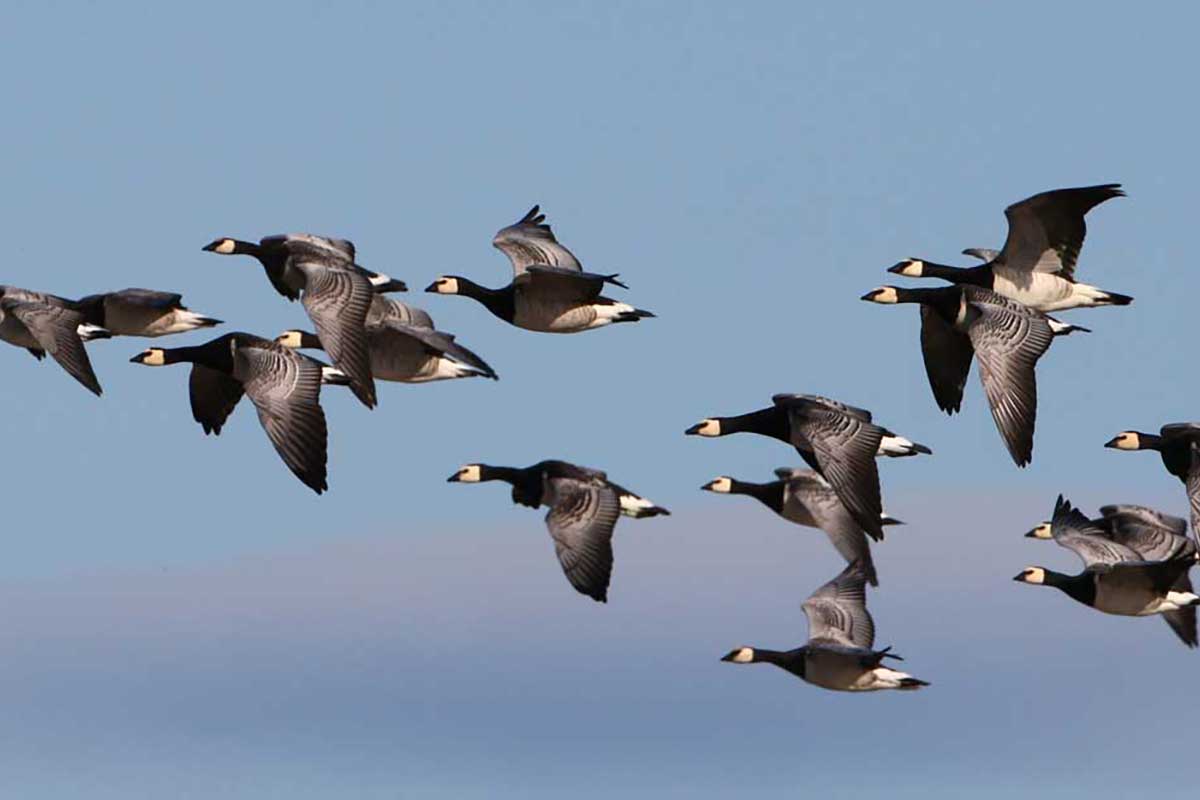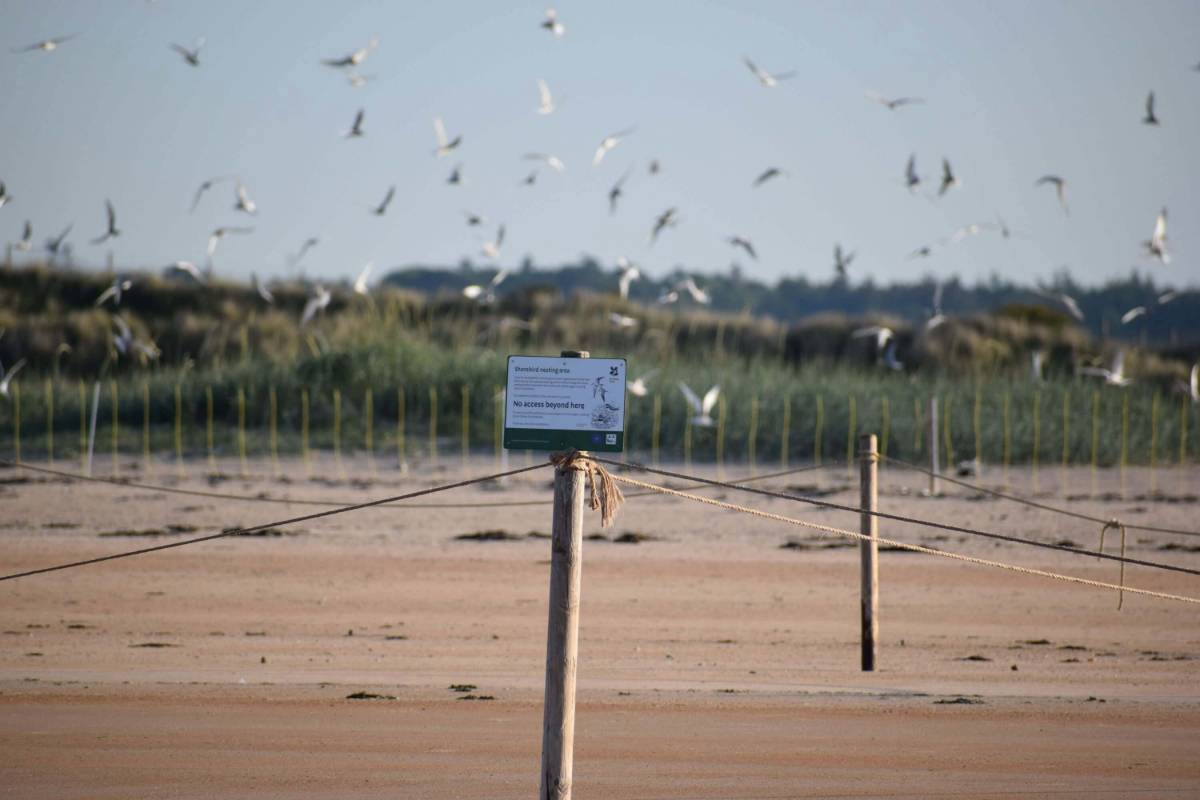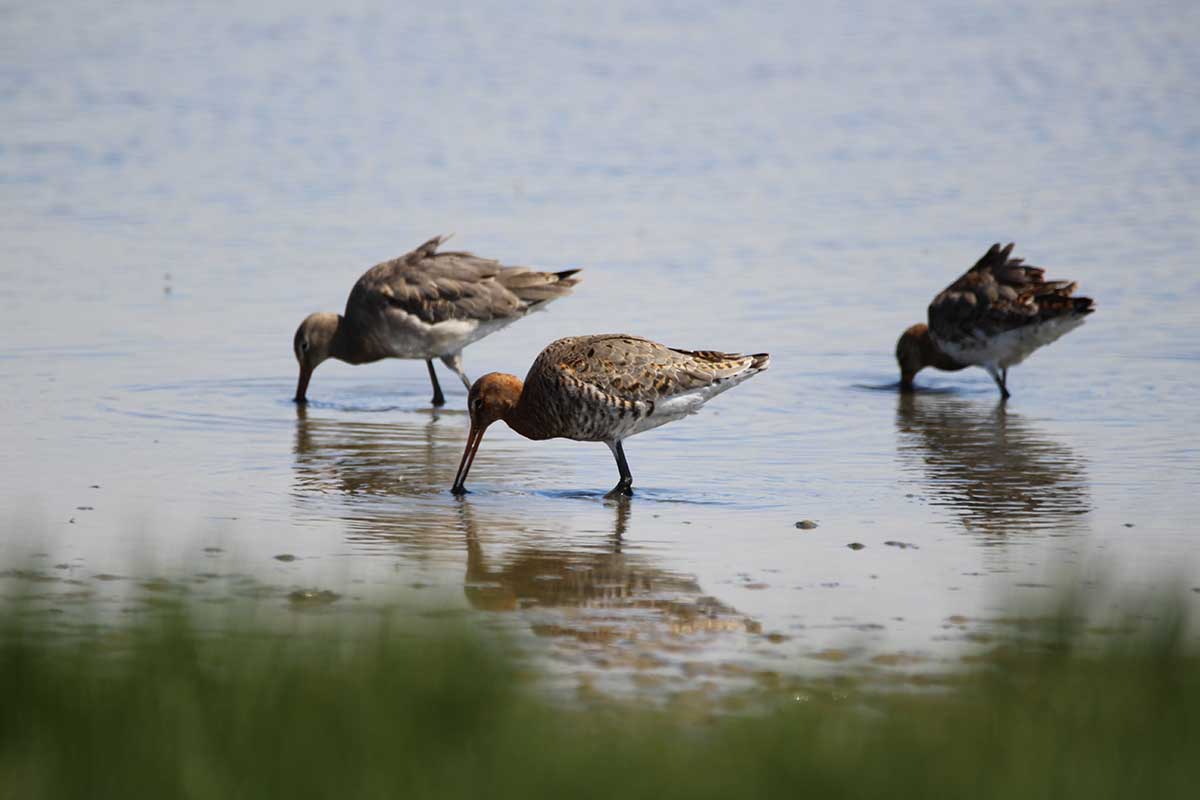The wildlife and habitats of the Northumberland Coast are exceptionally fragile, and right now, pressure from visitors is their most significant threat. People flock to beautiful sandy beaches of Northumberland all year round, but the greatest numbers occur during the the summer months, coinciding with breeding season. Over the last decade visitor numbers have dramatically increased and the pressure on wildlife has risen considerably.
The increasingly long tourist season and three million coastal visitors a year mean there is little respite from visitor pressure. Unleashed dogs, jet-ski users, seal watchers and bait-diggers are causing major disturbance to mammals and birds, damage to sensitive habitats and increasing the pathways for invasive species.
The Primatologist Jane Goodall said ‘Only if we understand, can we care. Only if we care, will we help’ and that is why education is key. Raising greater awareness of the rich biodiversity but also the high sensitivity of this very special natural place and supporting positive behavioural change is a key priority for WADER and the LNNR.

As well as boosting the size of the LNNR team to widen the scope of direct visitor engagement, particularly around the control of dogs, WADER is collaborating on a number of novel awareness-raising initiatives. Over the past two years, we have produced a new free booklet Wild & Wonderful – A guide to the birds of the Northumberland Coast, launched a new mobile visitor centre, innovated signage and carried out several media campaigns to promote public engagement events – including Shorebirds Week and an Autumn Goose Festival. We are also developing a series of monolith interpretation points across this stretch of the coast to educate and engage visitors.






